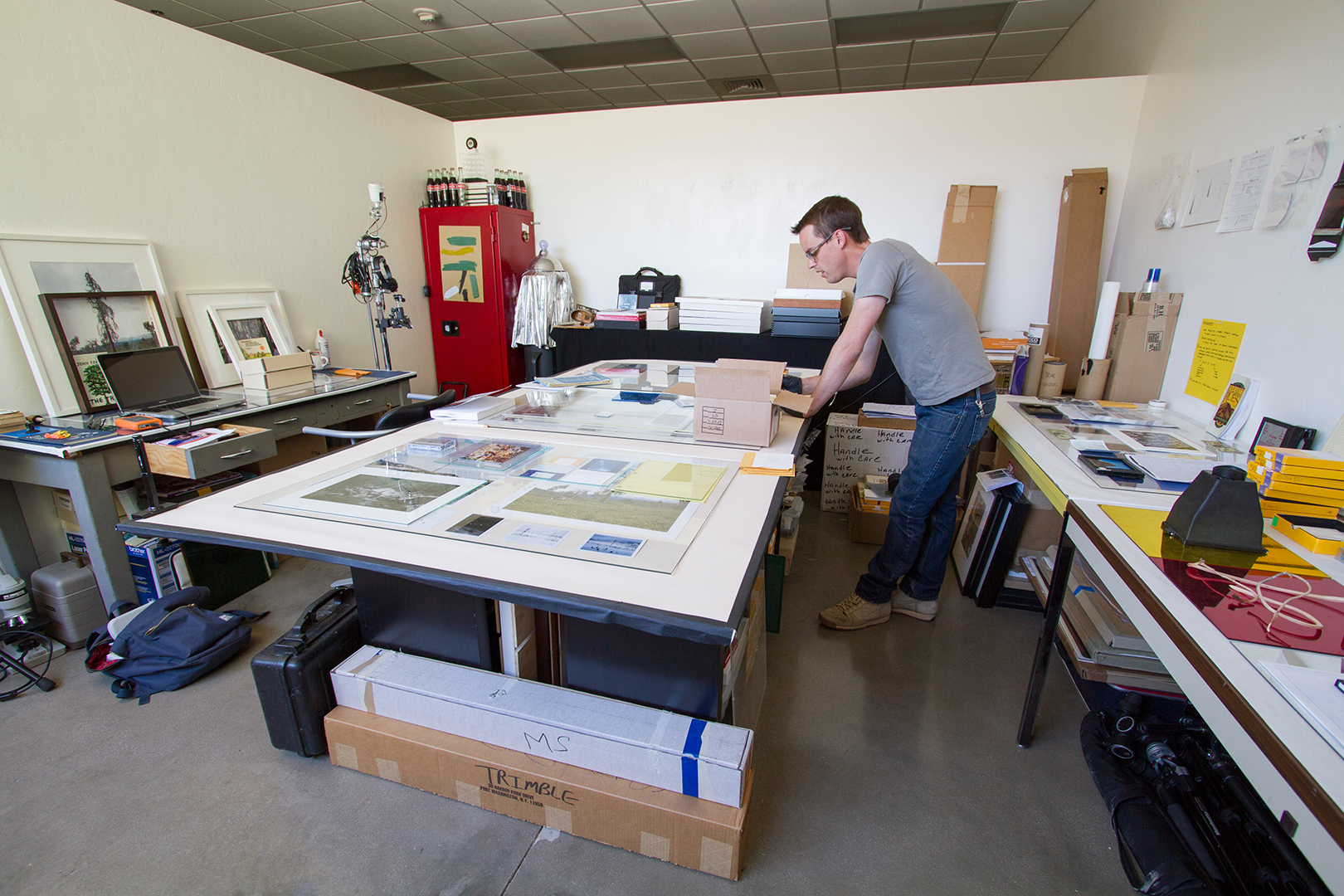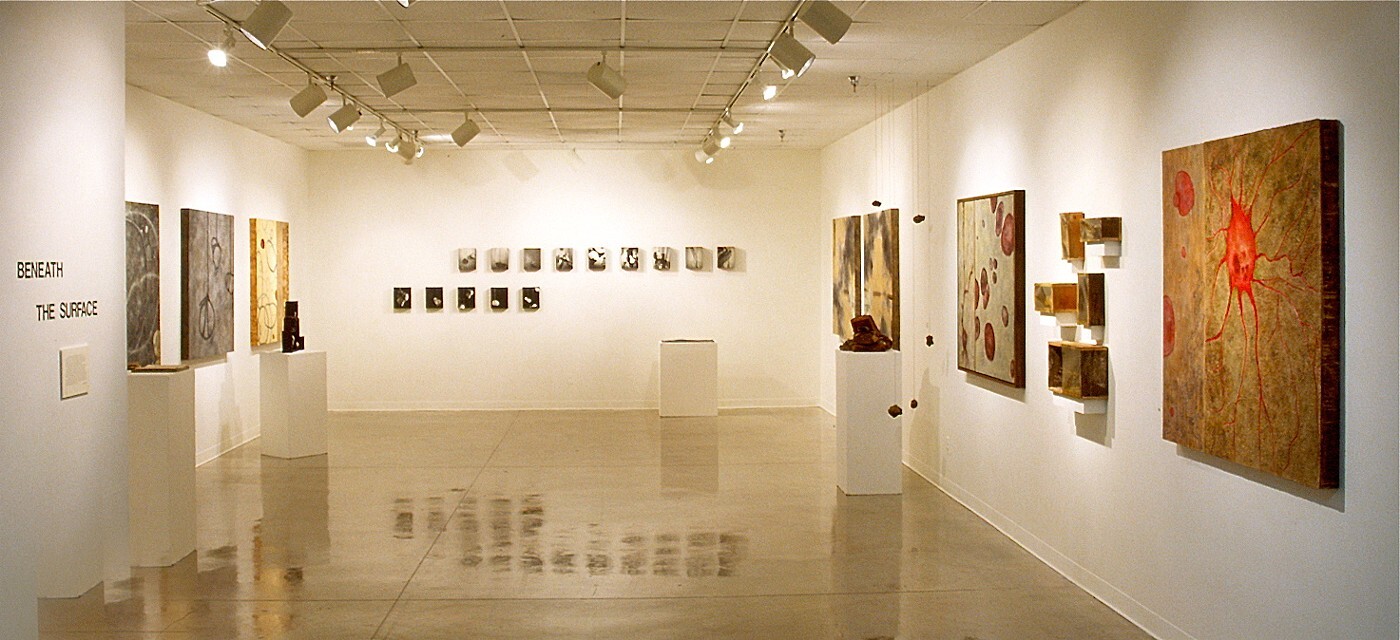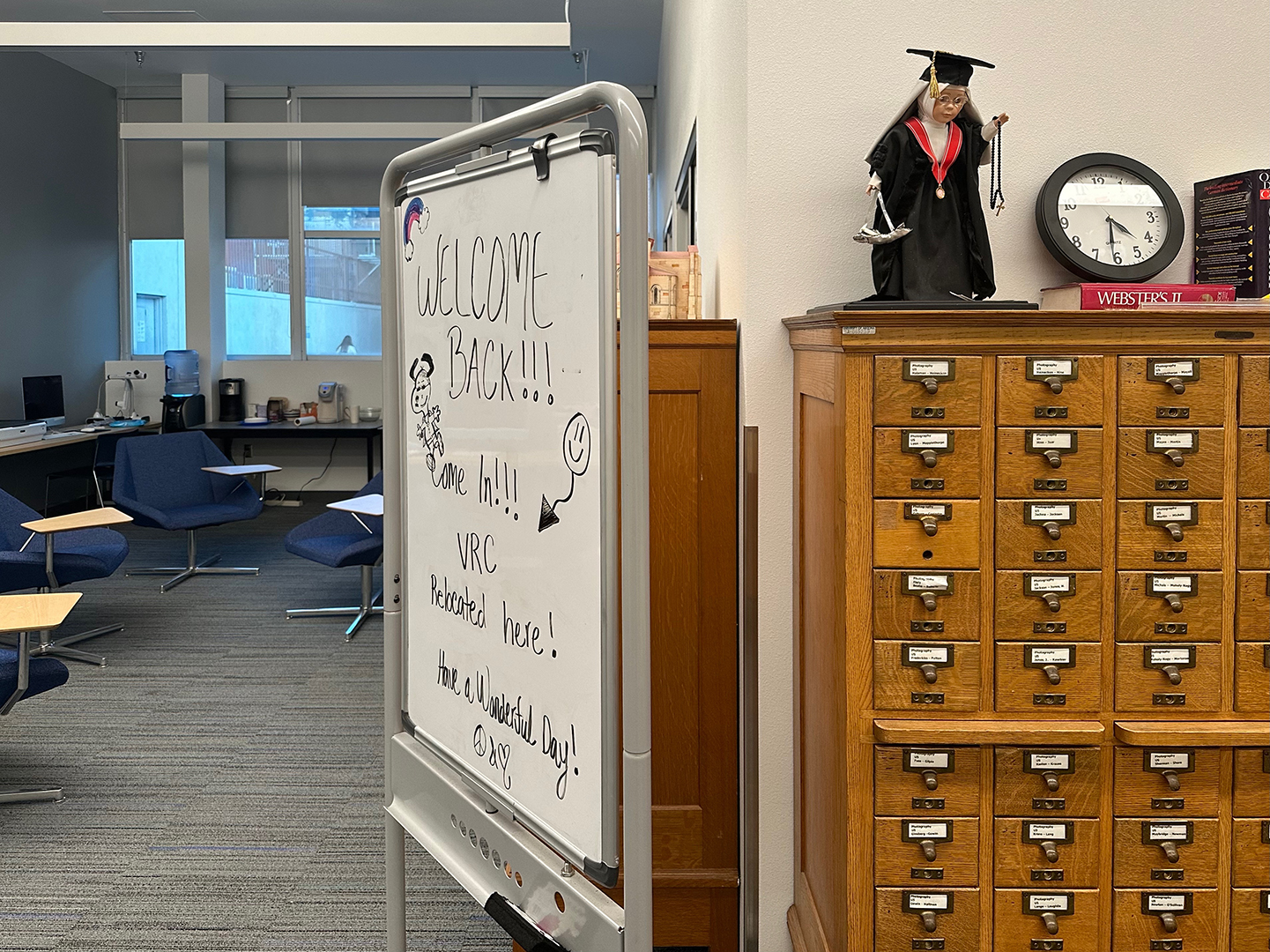FREE GRAD SCHOOL
talent not included


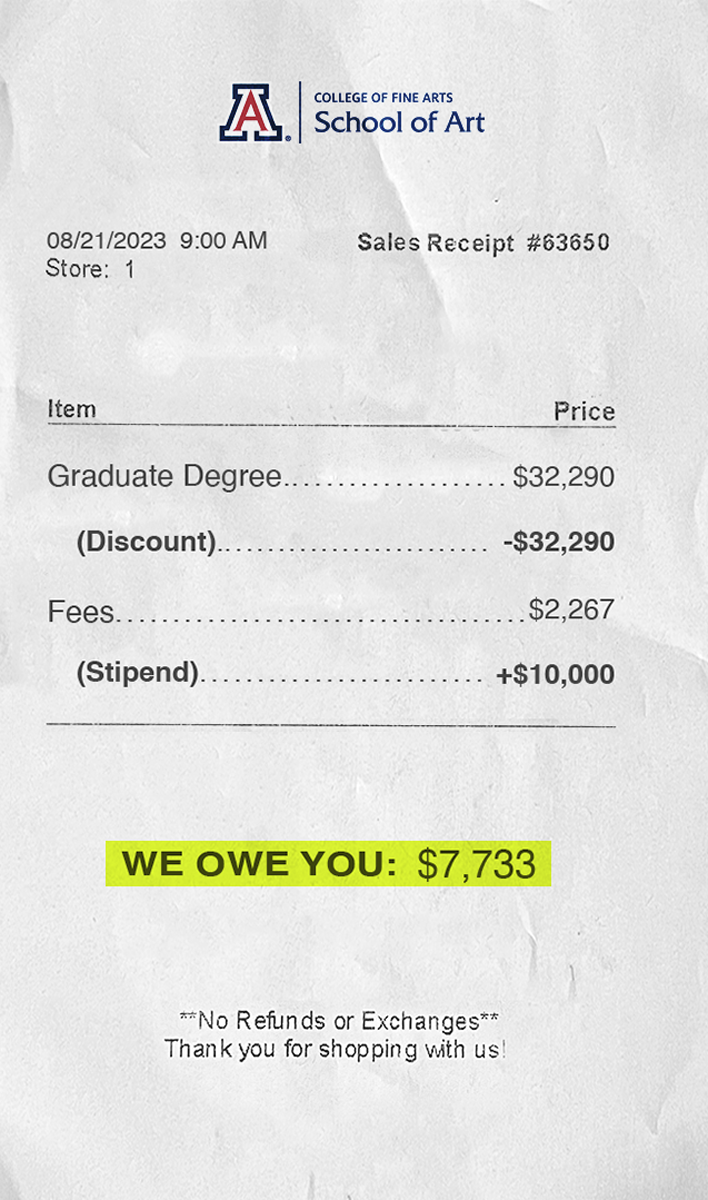
Your future is now fully funded.
At the School of Art, we believe in the importance of growing your talent free from distraction of cost. That's why we made our graduate programs free!
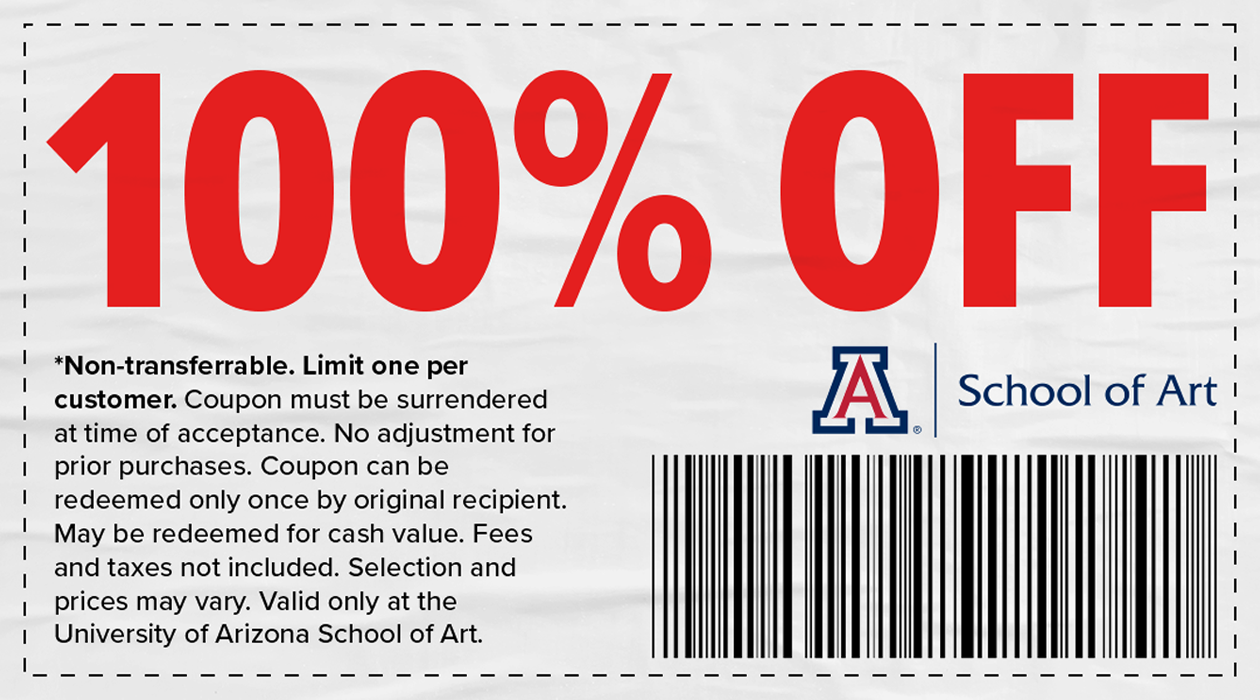
The Fine Print
Full Funding*$32,290
*Amount of tuition support disbursed for 3 years when combined with 6(+) graduate level units per semester and cumulative 3.0(+) GPA.
Full funding covers all base tuition costs. Student is still responsible for university, program and course fees.
Teaching *10 hrs
*Amount of time assigned per week for teaching in a graduate assistant position that aligns with your area of expertise.
Student Aid*$10,000(+)
*Amount of additional financial assistance provided (+) free campus health insurance compounded with offer.
Work
Graduate students utilize the invaluable creative experience and intellectual context they receive to create impactful careers and expand the boundaries of art.
People
These are just a few examples of our world-class artists and professors who will work to sharpen your focus, gain insight, and become uniquely competitive in your professional career.
Visit the School of Art’s faculty directory.

Using photography, video, and installation, Alshaibi’s work pairs stunning visual explorations with themes of identity and imperiled environments. “[The desert] was an early symbol in my work as a paradoxical landscape that reflected the experience of life that always appears to be changing and reforming, but is actually just recycling and repeating the same history lessons,” she says.
Sama Alshaibi

Taylor’s artwork examines place, territory, history, and politics and has been exhibited nationally and internationally. Pursuing long-term projects that reveal the changing circumstances of the US/Mexico borderlands.
David Taylor

Born and raised in Brownsville, Texas, along the US/Mexico border, Macias’ work explores the current social-political climate as well as the consequences of assimilation, which "can be seen as an erasure of history, heritage, and culture.”
Alejandro Macias

Gipe’s work engages the postmodern landscape and the visual rhetoric of progress by utilizing “irredeemable” imagery sourced from an archive of business magazines, social realism photography, and propaganda artworks from the former Soviet Union and China.
Lawrence Gipe

Kraehe is recognized for her research on arts equity as well as her publications, workshops, podcasts, and public lectures that illuminate the roles race, racism, and anti-racism play in art institutions and the education of arts professionals.
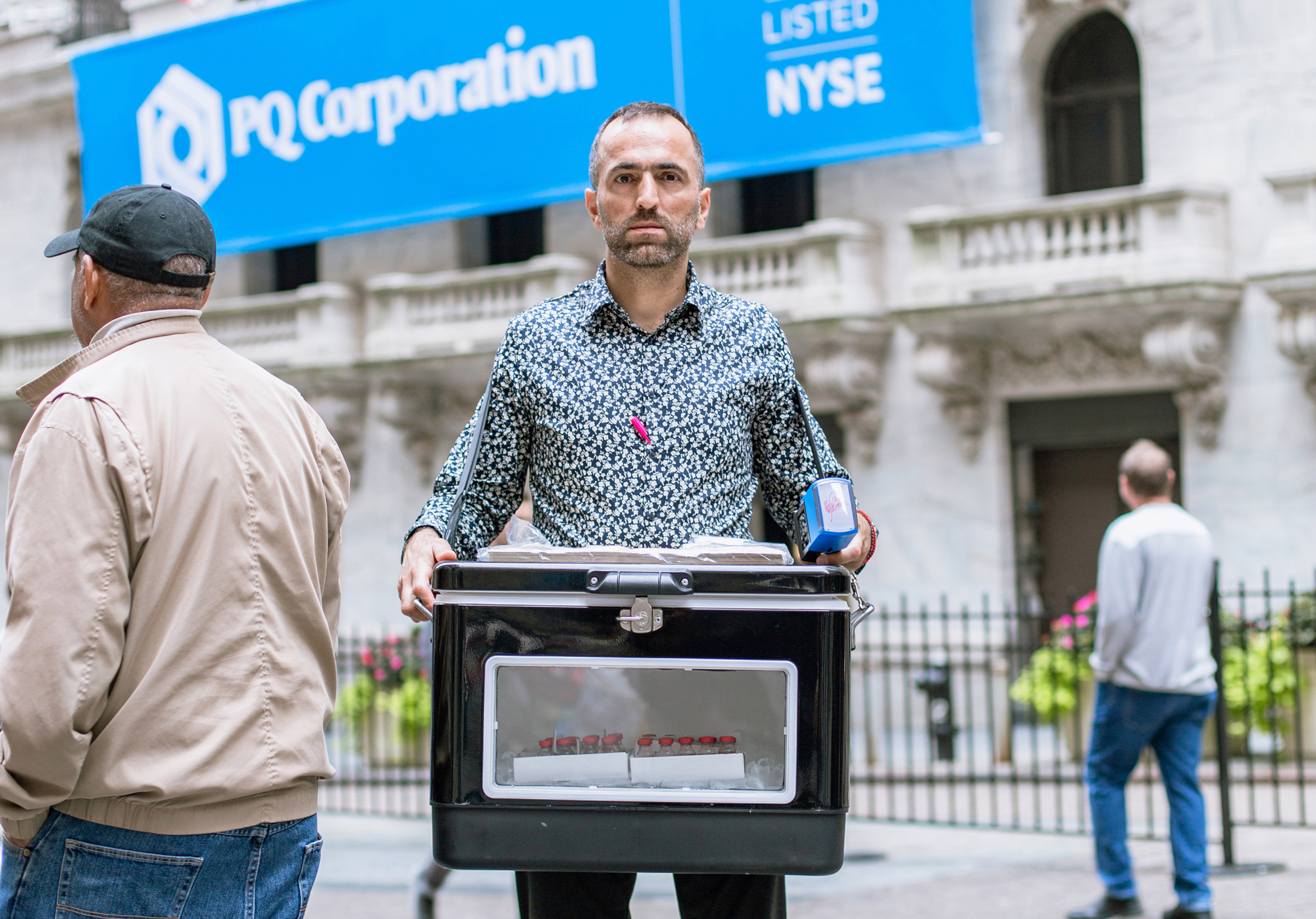
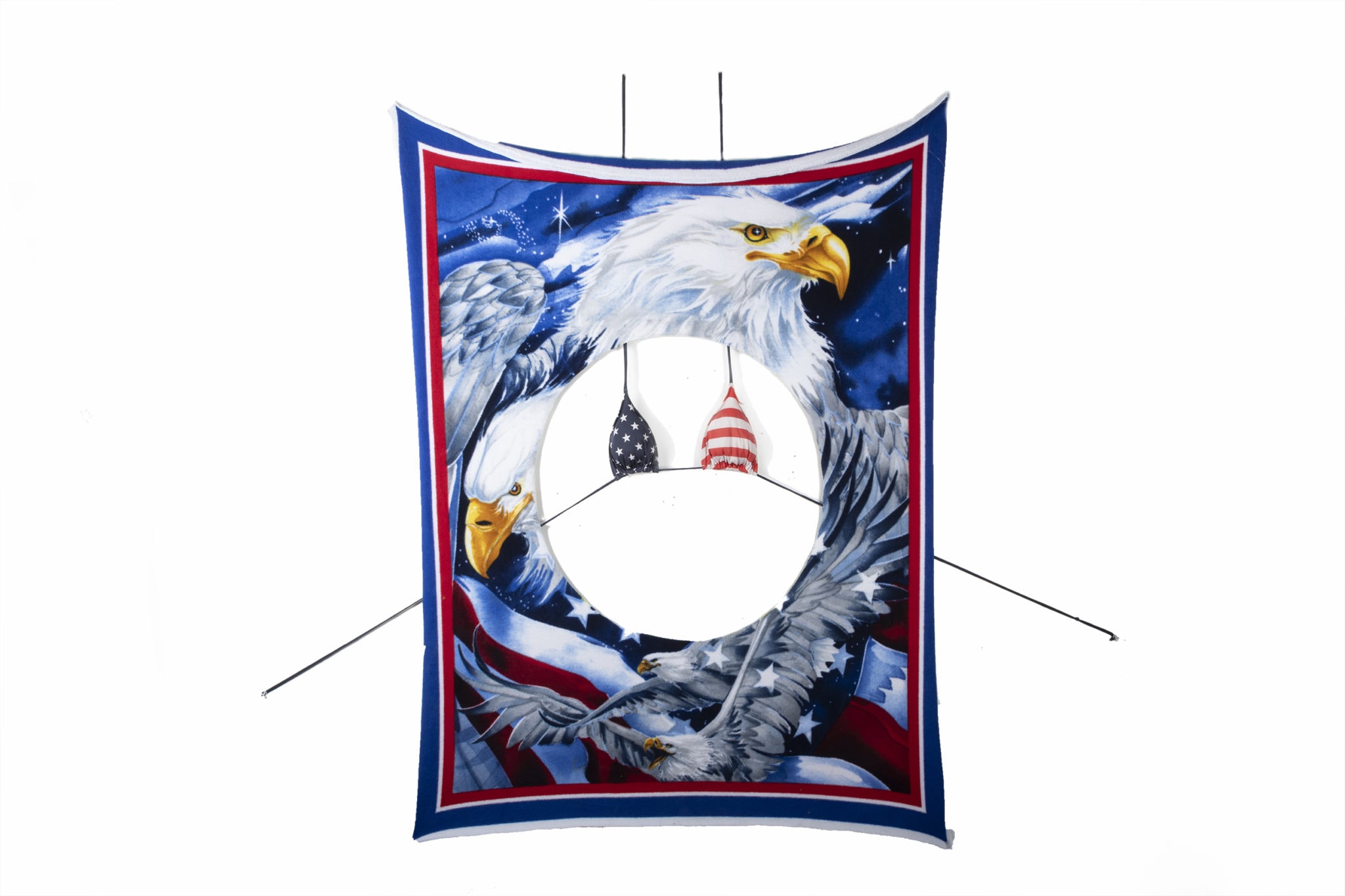
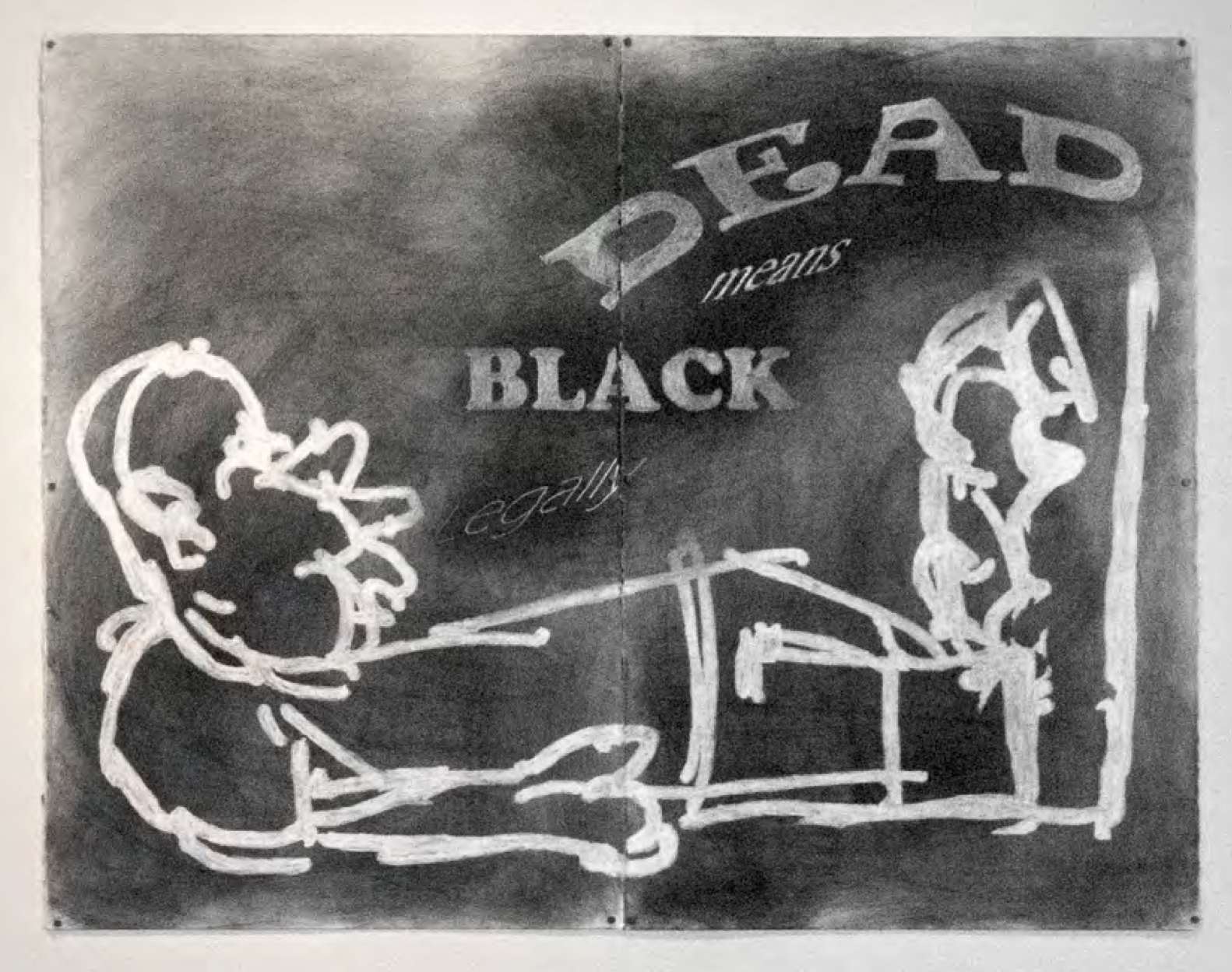
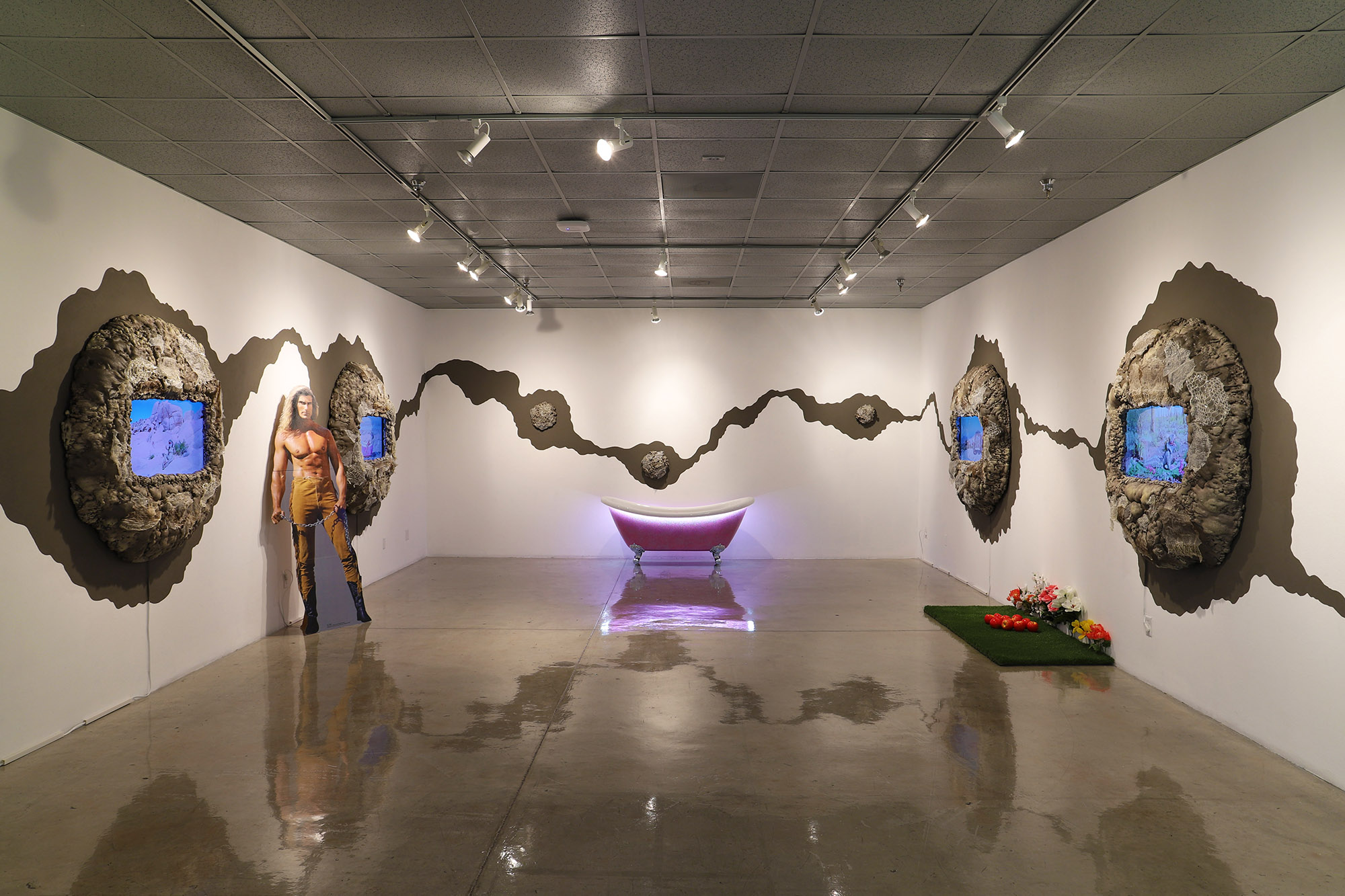
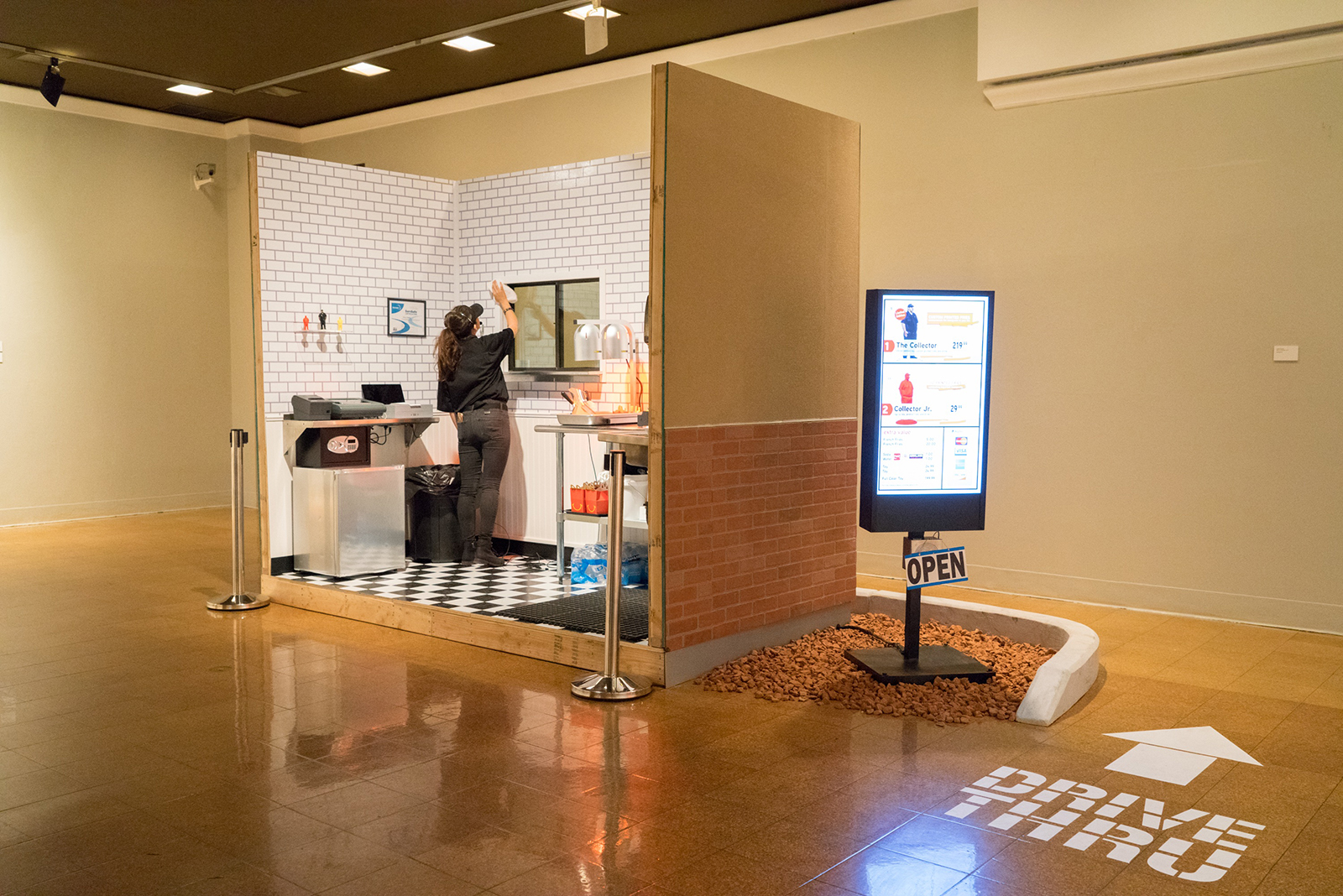
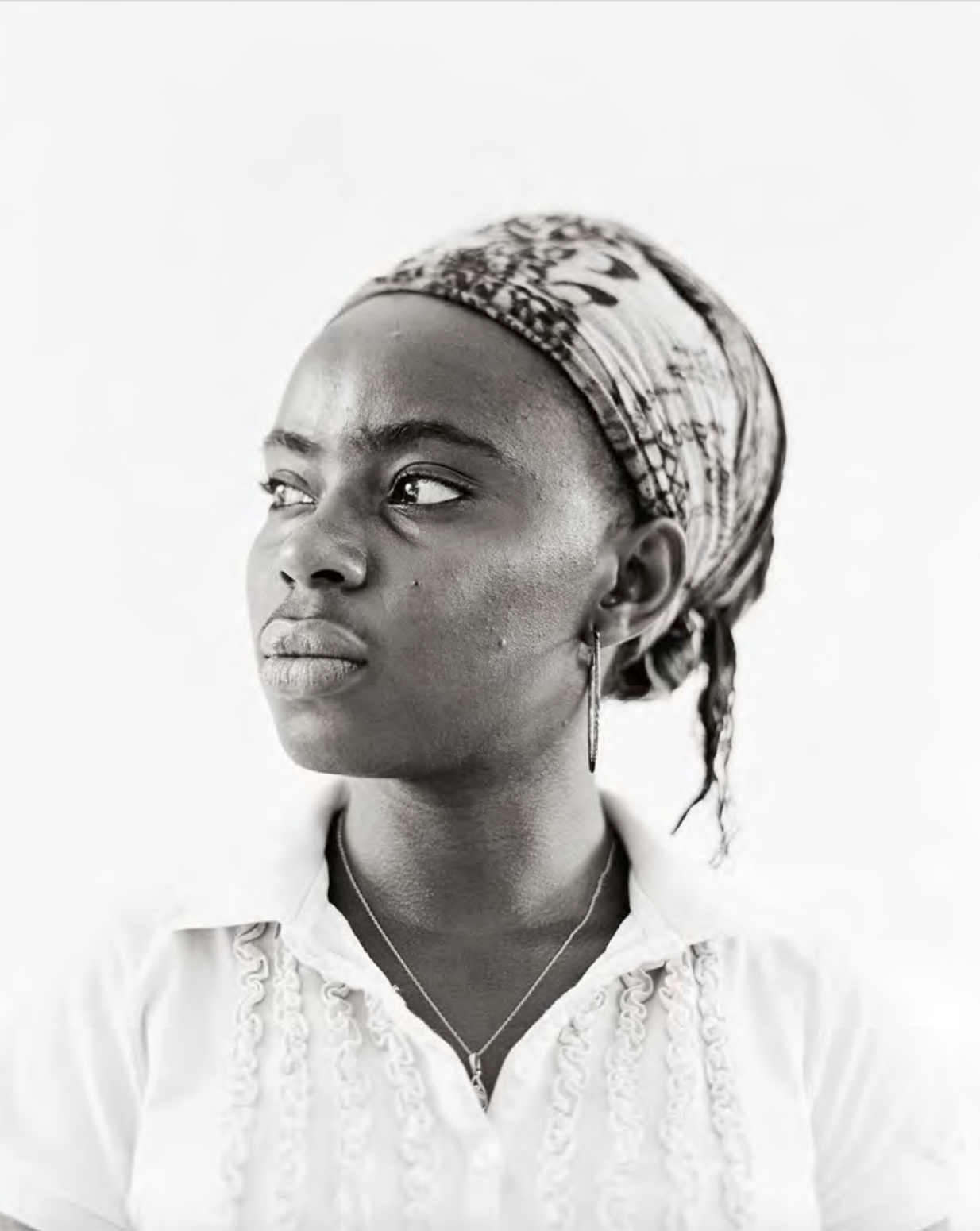
.jpeg)
